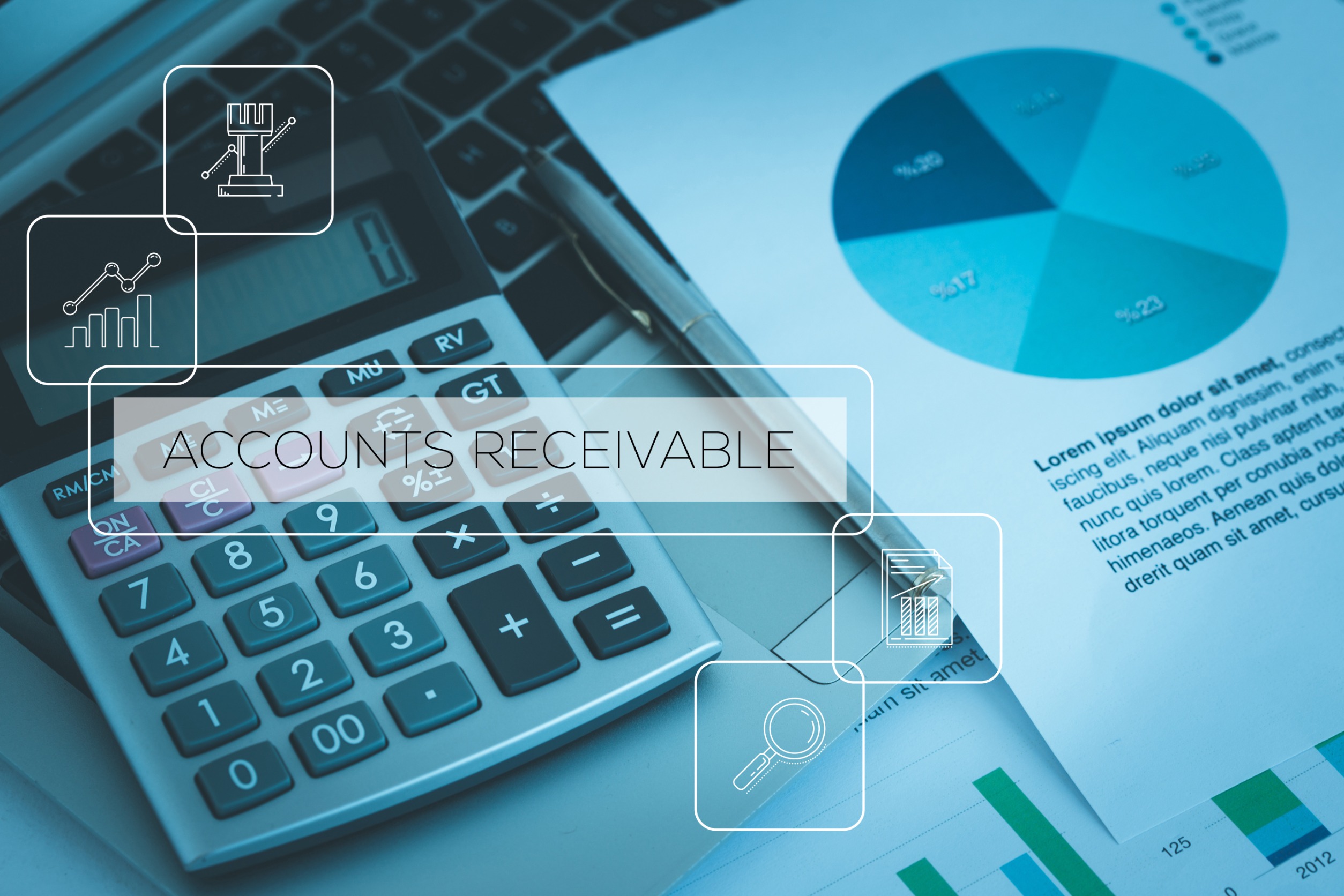If the ultimate guide is too broad, utilize our beginners overview of AR to familiarize yourself with its significance to your business.
The Ultimate Guide To Automating AR
Manage billing, subscriptions, payment tracking and more by simplifying your AR processes through automation.
5 Reasons To Invest In Automated Receipts
Need specifics regarding AR? Don’t mess around with manual data any longer — we break down the benefits in this post.
How to Automate AR
After familiarizing yourself with accounts receivable, dive into our step-by-step process of how to bring automation into play.
What Is AR Automation?
Stay up to date on cutting-edge tech that can optimize your internal accounts receivable processes.
4 Reasons To Automate Accounts Receivable
Ensuring timely customer payments in a dynamic financial landscape isn’t always smooth sailing. The ripples of payment delays can disrupt your financial equilibrium and leave your business and bookkeepers in constant flux.
Luckily, there’s a solution that can alleviate your financial stress and empower your finance team. Automating your accounts receivable process can transform your business and build its bottom line.






